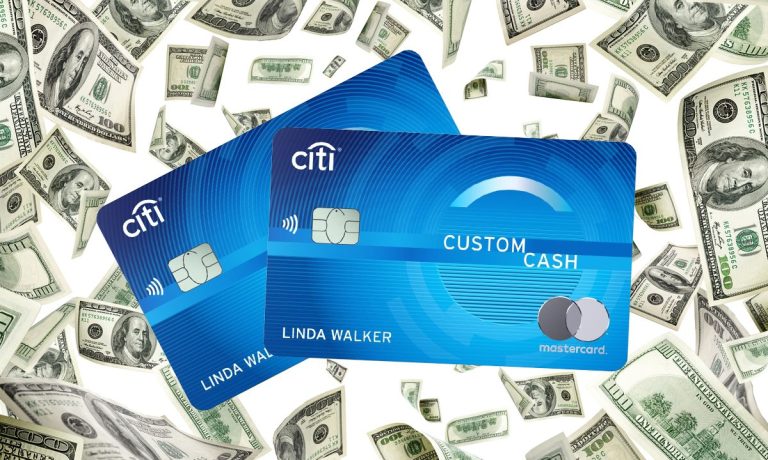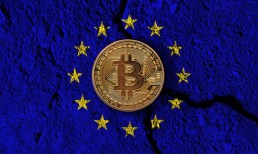When It Comes To Cash-Back Rewards, Millennials Want It Easy And Automatic

The future, it’s been said, belongs to the young.
Tweak that maxim a bit. As Pam Habner, head of U.S. branded cards and unsecured lending at Citi, told Karen Webster in a recent interview, the future of card rewards — via cash back, automated and flexible in nature — is shifting with more millennials and Generation Z customers demanding ease and simplicity.
As Habner noted, as the world starts to emerge from the pandemic, consumers are spending more in categories they weren’t able to during the pandemic. In a nutshell, spending on essentials surged, while categories such as travel and entertainment plummeted.
But in recent months, the volume growth is notable across all verticals, she said, with overall spend up 40 percent year over year and approaching or even exceeding pre-pandemic levels.
“We’re seeing a resurgence in some of those discretionary categories — and there’s enduring strength in online spend,” said Habner.
But within that overall upward trend, she said, not every spending category will move in lockstep. More than 80 percent of millennials surveyed by Citi believe their spending will be variable month to month. Separately, PYMNTS’ own research shows that tech and payments and younger consumers have intersected quite nicely: As many as 34 percent of millennials who are “highly connected” across several devices are highly connected to shopping, too, and 80 percent use credit cards.
As she said, consumers’ interests and priorities change, and when it comes to cards — and the rewards baked into those cards — they want products and services on offer to keep up with their lives. Increasingly, consumers have gravitated toward cash-back options, a trend that Habner said has been in place since well before the pandemic.
Flexible Cash Back
There is any number of cash-back options across cards and issuers depending on where you look, she said, but there has been and is an opportunity to introduce a card product that Habner said “automatically adapts” to consumers’ spending patterns.
Traditional cash-back cards, leave a lot of work for the consumer, in terms of enrolling, keeping track of spend and the rewards caps that might be in place. It all winds up with the consumer adapting their behavior to the card, when it is the reverse that should be true, according to Habner.
Citi’s Custom Cash Card, unveiled last month, and billed as a “next gen cash back credit card,” lets users earn as much as 5 percent cash back on the top eligible spend categories per billing cycle (there are several categories spanning everyday spend, from groceries to gas), up to the first $500 spent, with 1 percent cash back thereafter, unlimited, on other purchases. Card acquisitions to date, since launch, have been “strong,” she said.
Installment Options, Too
With a nod toward the connected status of the next generation of customers, she said the card and the rewards program have been built with the digital, customer-facing experience top of mind. Through a mobile application, the consumer can get the Citi Custom Card provisioned directly into their digital wallets (the 5 percent cash back, she said, can be earned as points or applied directly to spending as transactions occur and can help defray the cost of rising prices, a hallmark of the new inflationary environment).
There’s also the option, as Habner said, to “pay your bill your way” with installment options (built into Citi cards through Flex Pay). PYMNTS data has found that younger consumers like the predictability of a repayment schedule.
Looking ahead, she said, we’re likely to see spending — and the choices where younger consumers can apply the cash-back rewards — in travel and dining as economies open up. But we may also see them applied to subscriptions, which have been gaining steam.
Flexible, customized cash-back options on cards, she said, will incentivize “to go spend in ways that they used to love — and in the new ways that they adopted during the pandemic.”



